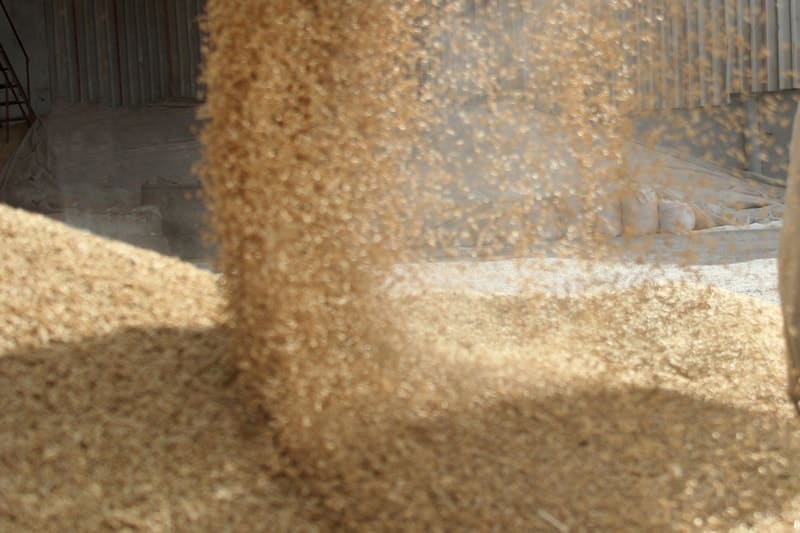Bluegrass News
As winter fades and pastures turn lush and green, many horse owners look forward to turning their horses out on fresh spring grass. While this is a positive seasonal shift for most horses, it’s also a time when owners may notice a common issue—loose droppings. Understanding why this happens and how to manage spring grazing can help keep your horse healthy through the seasonal transition.
Why Spring Grass Is So Tempting
Spring grass is soft, sweet, and nutrient-rich— a welcome change for horses after a winter of reduced turnout and preserved forages. It’s high in moisture, sugars (especially fructans), and potassium, which makes it highly palatable. Horses often overindulge when first turned out, especially if their turnout has been limited during the colder months.
What Causes Loose Droppings in Spring?
Loose or watery droppings during the spring months are usually tied to dietary changes and the composition of new grass:
· Increased Moisture Content: Spring grass has a high-water content compared to hay. This extra moisture can speed up gut transit time and result in looser stools.
· Sudden Diet Shift: Moving quickly from a hay-based diet to lush pasture doesn't give the horse’s gut microbiome time to adjust. This microbial imbalance can lead to digestive upset.
· High Fructan Levels: Cool season grasses often contain elevated levels of fructans in spring, particularly after chilly nights. These sugars can ferment in the hindgut, disrupting digestion and causing loose manure.
· Low Fiber, High Potassium: Young grass may lack the structural fibre found in hay, which slows digestion and supports stool formation. The high potassium content can also play a role in mild gut disturbances.
How to Manage Spring Grazing Safely
The key to healthy spring grazing is a gradual introduction:
1. Slow Turnout: Start with 15–30 minutes per day and increase turnout time slowly over 2–3 weeks.
2. Use Grazing Muzzles: For horses prone to overgrazing or weight gain, a muzzle can limit intake without restricting turnout.
3. Keep Feeding Hay: Continue offering hay during the transition. It helps maintain fibre intake and supports digestive balance.
4. Monitor Droppings: Slight looseness is normal, but if diarrhoea becomes persistent or is accompanied by other symptoms like lethargy or colic, contact your vet.
Spring turnout is a joyful time for horses, but it’s important to be mindful of how fresh grass affects their digestion. A slow, controlled approach to grazing will help reduce the risk of loose droppings and digestive upset, allowing your horse to enjoy the season in comfort.
For further guidance on managing your horse’s nutrition during spring turnout, contact the Bluegrass Horse Feed team. Their expert advice can help tailor your horse’s diet to meet seasonal needs and keep them thriving all year round.







.jpeg)




